Super Mario Galaxy
Ain't no Sunshine where he's gone.
Which brings us to the bit we've been putting off writing: how Mario Galaxy's levels actually work, and fit together. This is as difficult to explain as it is intoxicating, head-spinning and funny.
Most of the levels in the demo were A-to-B platforming challenges, somewhat similar to Mario 64's boss stages, or the bonus stages of Sunshine. But they've been broken into pieces, twisted up and tied in knots, turned inside out, back to front and upside down, and then shot into space. There are miniature versions of Mario 64's open levels, wrapped around tiny asteroids like a skin, and dropped in the middle of cosmos-spanning platforming sequences.
Everything has its own gravity, and you never know which way is up, but somehow - we're really not sure how - you always know when you'll stick, and when you'll fall off into space. The camera is mostly automatic (sometimes allowing basic d-pad control), and flawless. In true Mario style, it's all impossible and surreal, but it also makes a weird, instinctive kind of sense. You're only confused when the game wants you to be, which is often: when pipes pop Mario round the other side of a micro-world in a flash, or when you're misled by his reflection, apparently running around the inside of a glass sphere. You'll find yourself involuntarily laughing out loud at the mischievous tricks Mario Galaxy constantly plays with your perceptions.
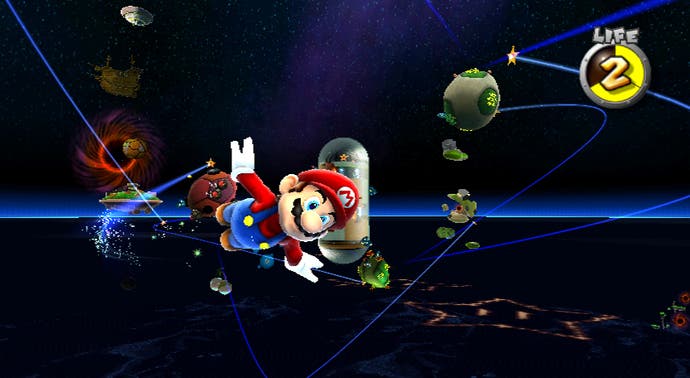
Star rings, activated by shaking the remote, shoot Mario across vast tracts of space; they're the game's exhilarating and spectacular signature moment, but they don't actually offer any freedom of exploration, they just take you where you're going next. You start out exploring the game carefully like the earlier 3D Marios, but eventually (especially playing a level for the second time) you realise it's more linear than that, and get caught up in its unstoppable forward momentum, running and jumping faster and faster, high on the rush, chaining it like a drug. This is when it reminds you most of 2D Mario gaming.
What's not yet clear is how all this fits together structurally. There will be 40 levels, 120 stars to collect and six themed areas; we did one star in each of six galaxies. The first two (Gateway and Egg Planet), featured strings of tiny wrap-around planetoids in quick succession. The third, Honeybee, was more like a Mario 64 level, only broken in half, and featuring the hover-enabling bee suit (which in all honesty is not that exciting a power-up, but it's so adorable you don't care). Star Dust Galaxy was a brain-melting assemblage of beam stars, glass planets and platforms that zap into place out of nowhere. It starred the hapless Astrotoads, and was our favourite level in the demo.

Of the two new levels, Beach Bowl had Mario dodging huge cubic Whomps that worked their way around the outside of shattered cylinders, and felt an old Mario Bros castle leaping out of the pages of a pop-up book. Cookie Factory required you to time jumps across fast-moving platforms with geometric cutouts, and it was fiendishly hard in a very old-fashioned way. It was the exception: for the most part, Mario Galaxy seems effortless and easy, centered much more on the sheer sensory pleasure of play than on setting taxing tests of skill.
When Shigeru Miyamoto suggested this week that games should be fun, it was easy to snigger and accuse him of stating the obvious. But Super Mario Galaxy proves his point to perfection: it's amazingly, dizzyingly, idiotically fun, in a way few games are these days. We're not going to call it a classic Mario yet - we simply haven't seen enough of the game to make that call, and it will certainly be difficult to keep it both accessible and rewarding all the way through. But we are going to predict that it will plaster millions of big smiles on millions of faces come November, and that, if nothing else, makes it a worthy successor and a half.


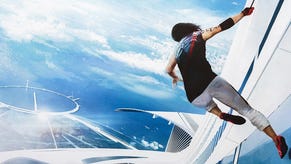
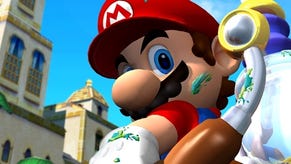
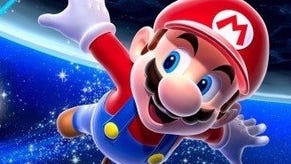

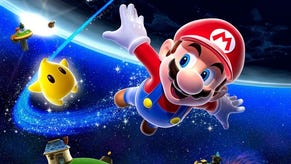
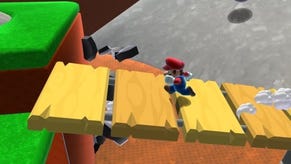


.png?width=291&height=164&fit=crop&quality=80&format=jpg&auto=webp)




.jpg?width=291&height=164&fit=crop&quality=80&format=jpg&auto=webp)
